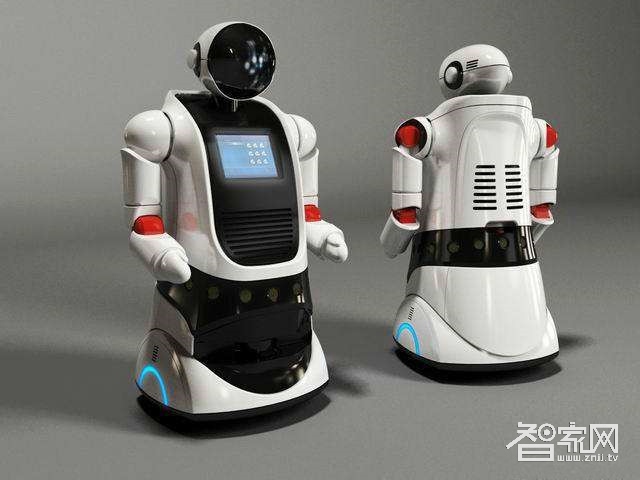Many of us have encountered food delivery robots or cooking robots in recent years. As the restaurant industry faces rising labor costs, automation is becoming an unavoidable trend. The integration of intelligent robots into the catering sector is not just a futuristic idea—it's already taking shape. But how exactly do these robots function in restaurants? Let’s explore the possibilities below.

System Solution
Restaurant service robots are designed with multiple functions, including welcome and interaction robots, food delivery robots, and a central scheduling system that manages robot operations efficiently.
The welcome robot works independently in the restaurant entrance, engaging customers through voice, facial expressions, and gestures. It uses a touch screen to display promotional content, introduce special dishes, and share updates about the restaurant. This helps create a more interactive and modern dining experience.
These robots can greet guests, wave, and guide them to their destination—like a private room—using voice instructions and arm movements. They can even perform short dance routines with music to entertain customers and enhance the overall atmosphere.
The food delivery robot is equipped with features such as automatic meal delivery, empty tray collection, and self-charging. Its design is friendly and compact, making it ideal for busy dining environments. The robot has a head, arms, a tray, and a mobile chassis, allowing it to move smoothly around the restaurant.
When a customer finishes their meal, the robot can go to the pickup area where staff place the dishes on its tray. Using a remote control, the staff inputs the table number and confirms the delivery. The robot then navigates to the correct table, announces the arrival via voice, and waits for the customer or waiter to collect the order. When the dishes are taken, the robot prompts the user to press a return button, after which it automatically goes back to the charging station or another designated location based on its schedule.
If a customer needs to return an empty plate, they can press a “Send Empty Tray†button, and the robot will take the plate to the designated collection area. This reduces the need for human assistance and streamlines the process.
With multiple robots in use, the background scheduling system ensures smooth coordination. If one robot is overloaded, the system can assign another robot to assist, improving efficiency and reducing wait times for customers.
This robotic solution combines advanced technologies like mobile robotics, sensor fusion, navigation systems, and human-machine interaction. By integrating these elements, the robots can partially replace traditional staff, reduce labor costs, and elevate the restaurant’s brand image. This makes them a valuable investment for forward-thinking businesses.
While dining robots are still in the early stages of development and face some technical challenges, the future looks promising. As AI and robotics continue to evolve, we can expect a more automated and efficient restaurant experience. The combination of technology and hospitality is not only possible but also inevitable.
Related Suggestions:
Article: How Intelligent Cooking Robots Work | Benefits of Cooking Robots
Recommended: Huiteng Robot Business Service | Customization System | Robot White
Cable Accessories,Performed Strain Clamp,Aluminium Alloy Preformed Guy Grip Dead End
Shahe Yipeng Import and Export trading Co., LTD , https://www.yppolelinehardware.com